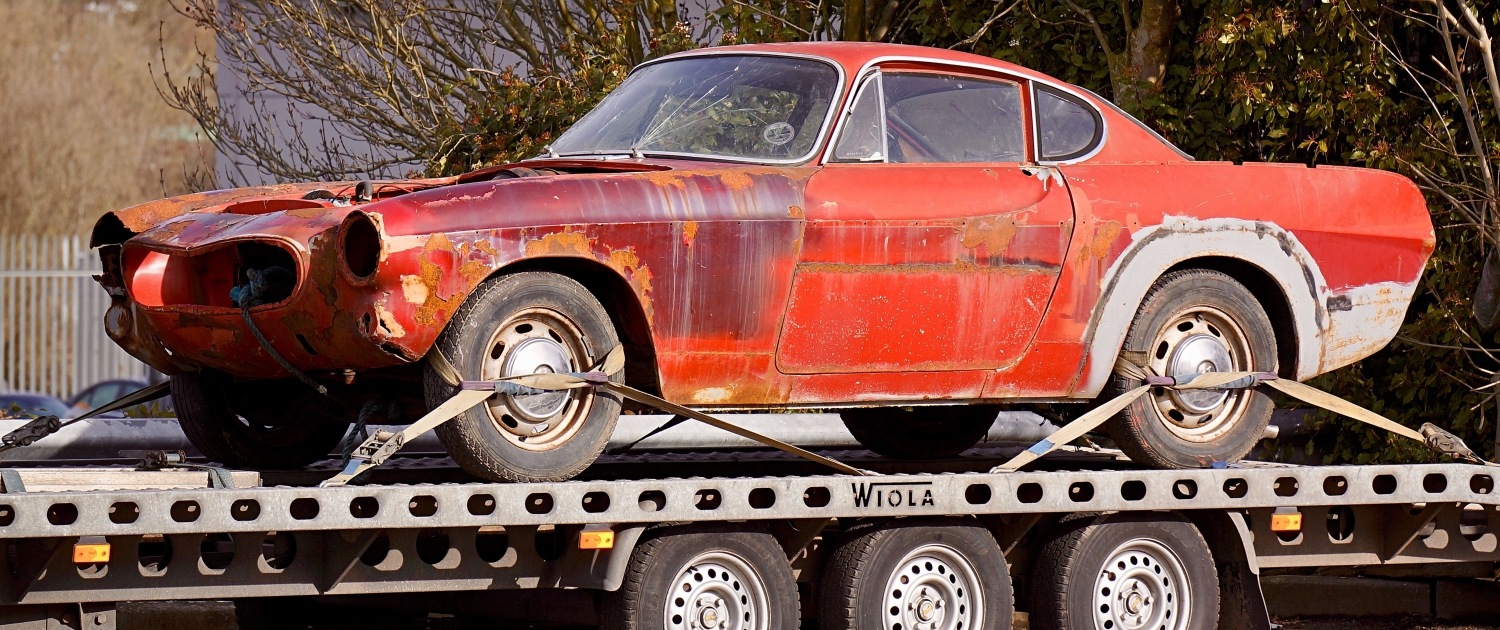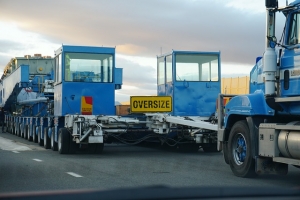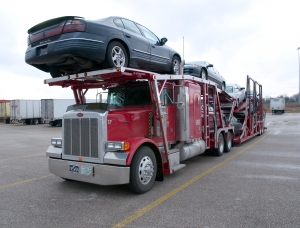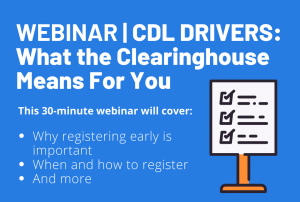
One of the most important things a truck driver is responsible for is securing loads. This not only ensures the safety of the driver and the cargo, but also makes sure other cars on the road are safe too. In fact, according to Simmons Fletcher, P.C., Injury & Accident Lawyers, shifting loads are cited as a contributing factor in almost 1/3 of all commercial motor vehicle accidents. Here are three things truck drivers should know for secured loads.
1. The Dangers of Improperly Secured Loads
A secured load is when cargo cannot shift or fall. This includes preventing cargo movement in any direction and protecting against weather that can cause cargo to become airborne.
Improper load securement creates risk for both the truck driver and other cars on the road. When a load is insecure, it may result in objects from the cargo flying off and hitting the truck driver’s windshield or other cars. In addition, these objects then become hazards on the road for other vehicles. Depending on the debris, the driver may not have ample time to react, causing the driver to swerve or damage the vehicle.
 In addition, when items on a load are secured but extend past the vehicle itself, this also causes a risk to other drivers. In this case, a driver can mark their truck as an oversized load, alerting other drivers of the size and shape of the cargo. When a truck driver does not mark the load as oversized, it doesn’t give other drivers the proper visibility and potentially creates risk of a collision.
In addition, when items on a load are secured but extend past the vehicle itself, this also causes a risk to other drivers. In this case, a driver can mark their truck as an oversized load, alerting other drivers of the size and shape of the cargo. When a truck driver does not mark the load as oversized, it doesn’t give other drivers the proper visibility and potentially creates risk of a collision.
2. Who is Responsible for Secured Loads
The responsibility for securing a load properly lies with both the truck driver and the trucking company. Trucking companies often train their drivers to be familiar with rules regarding securing loads. The type of truck used to transport the cargo should be determined by legal limits on weights and sizes, and in most situations, a combination of blocks, chains, and tie-downs should be used to secure the cargo.
However, even with proper training and preparation, sometimes a load can still become insure on the road. This is then the driver’s responsibility to pull over and take the proper steps to secure the load. We spoke with Rachel, a flatbed and lowbed driver from Northern California, and she shared her experience with this.
“I was hauling a D11 blade in my lowbed, and one of my blocks came loose when I had about 500 miles to go. I had to secure it because it was on my passenger side. I can’t see it as I’m going down the road, and I didn’t want to be worried about it. I created a specific knot and used a bungee to attach the knot to my chain to make sure it wasn’t going anywhere,” shared Rachel.
According to the Federal Motor Carrier Safety Regulation (FMCSR), a driver is not required to personally load, block, brace, and tie down the cargo. However, the driver is required to be familiar with the methods for securing the cargo. They are required to inspect the load and make adjustments during transit.
3. FMCSA Rules & Regulations for Secured Loads
The Federal Motor Carrier Safety Administration (FMCSA) published securement rules based on the North American Cargo Securement Standard Model Regulations. The rules reflect the results of a research program that evaluate U.S. and Canadian cargo securement regulations.
Minimum Number of Tiedowns
According to the FMCSA, the number of tiedowns needed depends on the length and weight of the articles on the truck.
The FMCSA states, “There must be 1 tiedown for articles 5 feet or less in length and 1,100 pounds or less in weight. There must be 2 tiedowns for articles 5 feet or less in length and more than 1,100 pounds in weight. There must be 2 tiedowns for articles greater than 5 feet but less than 10 feet, regardless of weight.”
The intent of these rules is to reduce the number of accidents caused by cargo shifting.
Commodity-Specific Securement Requirements
 In addition, the FMCSA created requirements for the securement of the following commodities:
In addition, the FMCSA created requirements for the securement of the following commodities:
- Logs and dressed lumber
- Metal coils, paper rolls, and concrete pipes
- Intermodal containers
- Automobiles, light trucks, vans, and flattened or crushed vehicles
- Heavy vehicles, equipment, and machinery
- Roll-on/roll-off containers
- Large boulders
The FMCSA outlines specific instructions for securement for each commodity.
Overall, understanding the rules of secured loads not only helps truck drivers be more prepared, but also protects those around them.
Find a CDL Truck Driver Job
Drive My Way matches you with a CDL job based on your personal preferences and qualifications.






